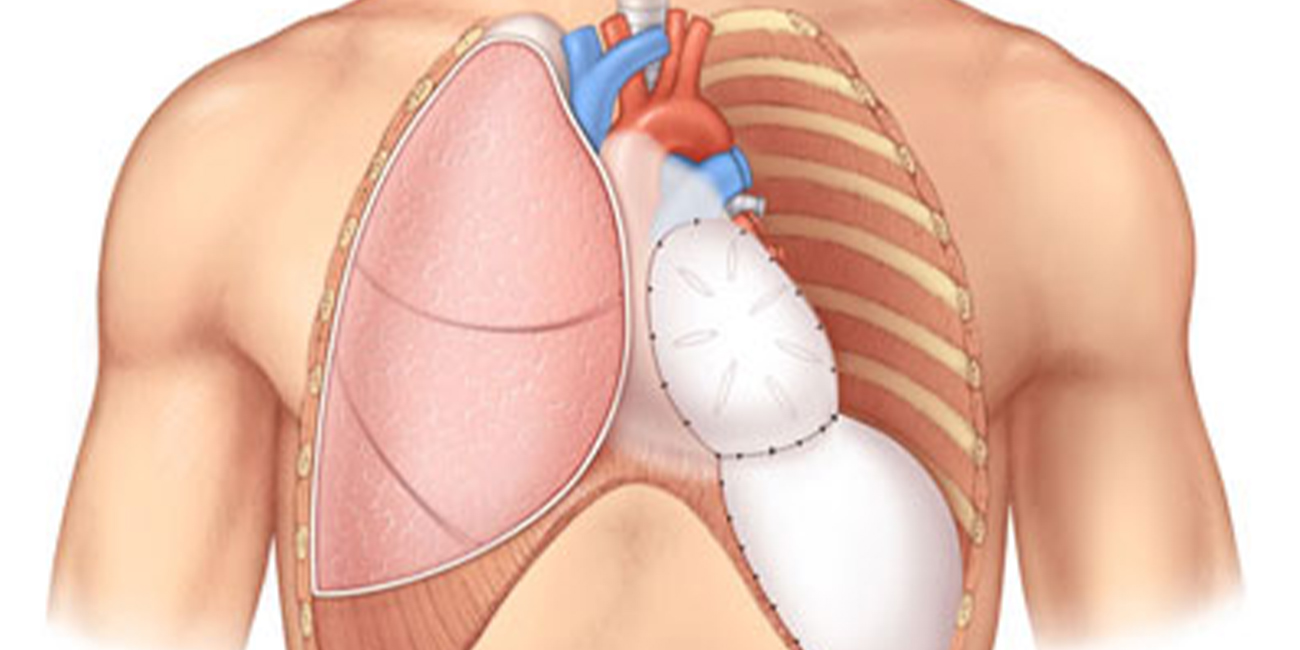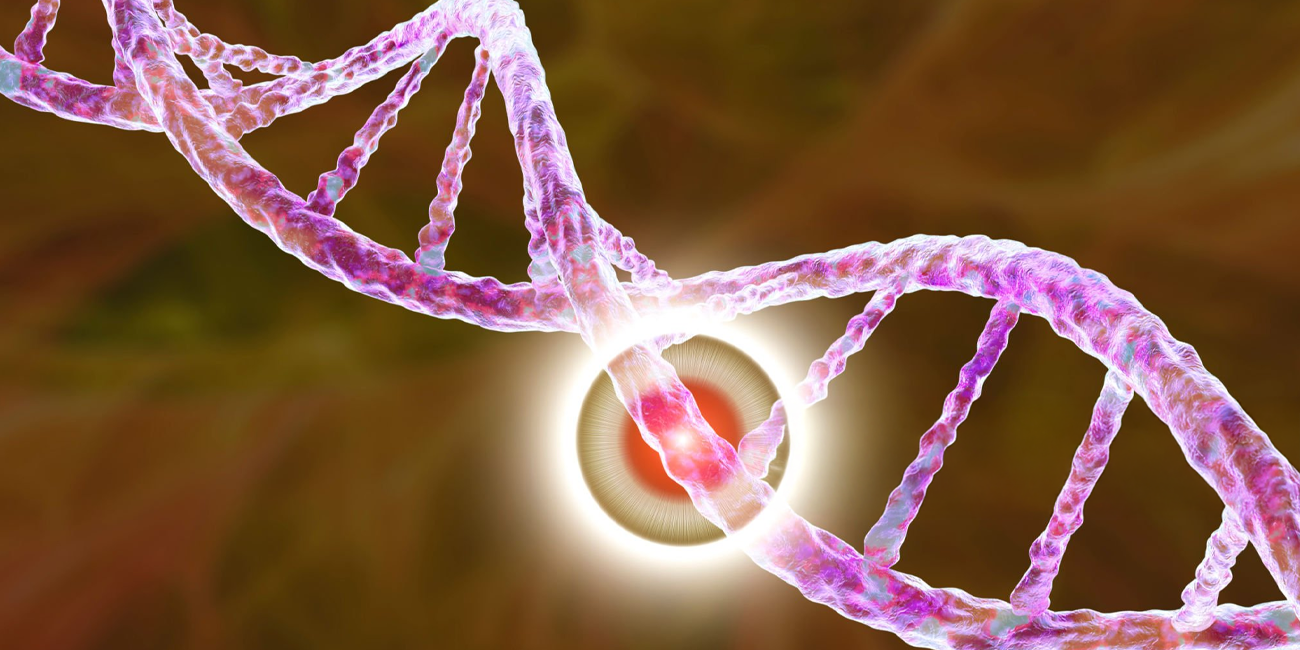
Book a Consultation
Thank you!
Your form has been sent successfully.



March 24, 2023
Small cell lung cancer (SCLC) is known as an aggressive form of lung cancer, that grows and spreads rapidly. According to the National Cancer Institute, small cell lung cancer (SCLC) accounts for approximately 10-15% of all lung cancer cases in the United States*. It is the most common type of lung cancer in smokers but can also occur in non-smokers.
SCLC is of two types- limited stage and extensive stage. Limited-stage SCLC is confined to one side of the chest, while extensive-stage SCLC spreads to other parts of the body, such as the brain, liver, or bones, reducing the chances of survival. But being aware of the symptoms can help with early diagnosis and treatment to increase the chances of recovery and improve quality of life.

The following are some of the symptoms that individuals may experience at the early stage of small-cell lung cancer:
In the advanced stage of SCLC, the following symptoms can be visible:
Small cell lung cancer is typically diagnosed with a combination of different procedures including imaging tests, a physical examination, and a biopsy.
The treatment options for small-cell lung cancer usually involve a combination of chemotherapy, radiation therapy, and surgery. It depends on the stage of cancer and the overall health condition of individuals.
Chemotherapy or radiotherapy is used to shrink the tumor before surgery or to treat cancer if it has spread to other organs of the body. On the other hand, surgery is recommended to remove the tumor, but it is not always necessary in the case of SCLC.

Quitting smoking can greatly reduce the risk of developing this type of cancer as it is the biggest risk factor for this cancer. Even 10–15 years after quitting, it is impossible to reverse some DNA changes in the lung cells which may raise the risk of lung cancer. However, the risk of smoking-related lung cancer decreases significantly soon after a smoker quits.
If an individual is trying to quit smoking, the following measures can help:
According to the US Environmental Protection Agency (EPA), radon is the second leading cause of lung cancer in the United States, responsible for an estimated 21,000 deaths every year. Radon is a naturally occurring radioactive gas that can seep into homes and other buildings through the soil. Long-term exposure to high radon levels can increase the risk of small-cell lung cancer.
To reduce radon exposure, the EPA recommends routine testing homes for the gas. The following radon mitigation efforts can be effective solutions:
Asbestos is a naturally occurring mineral that was widely used in the past as a building material due to its heat-resistant properties. However, the World Health Organization (WHO) has identified asbestos as a major public health concern and classified it as a Group 1 carcinogen. These types of elements are known to cause cancer in humans. Exposure to asbestos fibers can increase the risk of small cell lung cancer, as well as other lung diseases such as mesothelioma.
A few ways through which individuals can avoid asbestos exposure include:
Air pollution is a major public health concern and one of the leading causes of premature death and disease worldwide. Long-term exposure to air pollution, including both indoor and outdoor air pollution, can increase the risk of lung cancer, including small cell lung cancer.
The following precautionary steps can limit exposure to air pollutants:
According to the American Cancer Society, physical activity has been shown to reduce the risk of lung cancer by improving lung function and reducing inflammation. Adults needs to aim for least 150 minutes of moderate-intensity aerobic activity or 75 minutes of vigorous-intensity aerobic activity per week.
The following are a few effective activities that can help improve overall health:
Consult with a physician before starting a new exercise program.
Small cell lung cancer is an aggressive form of cancer and is often diagnosed at an advanced stage. In the later stage, when cancer has already spread beyond the lung, it becomes difficult to treat SCLC. Hence, the 5-year relative survival rate for SCLC is comparatively lower than most types of cancer. So, preventative measures are crucial to reduce the risk of this disease. However, small cell lung cancer (SCLC) is caused by a combination of genetic and environmental factors, and, therefore it is not entirely preventable. Consult a doctor if you are in contact with any risk factors and understand the early signs of this disease. For any queries or concerns about small cell lung cancer, contact ACTC, one of the best cancer treatment clinics in Florida.
*Data retrieved from the National Cancer Institute on the number of lung cancer cases in the United States.



December 24, 2025
It's natural to wonder if testosterone replacement therapy (TRT) is sa...
KNOW MORE

December 24, 2025
A rash that will not calm down is scary, especially when it changes or...
KNOW MORE

December 24, 2025
Florida’s lung cancer burden remains significant and affects many fa...
KNOW MORE

December 24, 2025
A partial hysterectomy, also called a supracervical hysterectomy, is s...
KNOW MORE

December 24, 2025
Finding a rash on your breast can be unsettling, but remember, many ra...
KNOW MORE

December 16, 2025
Hearing a HER2 gene mutation on a report can feel scary, but it also p...
KNOW MORE
